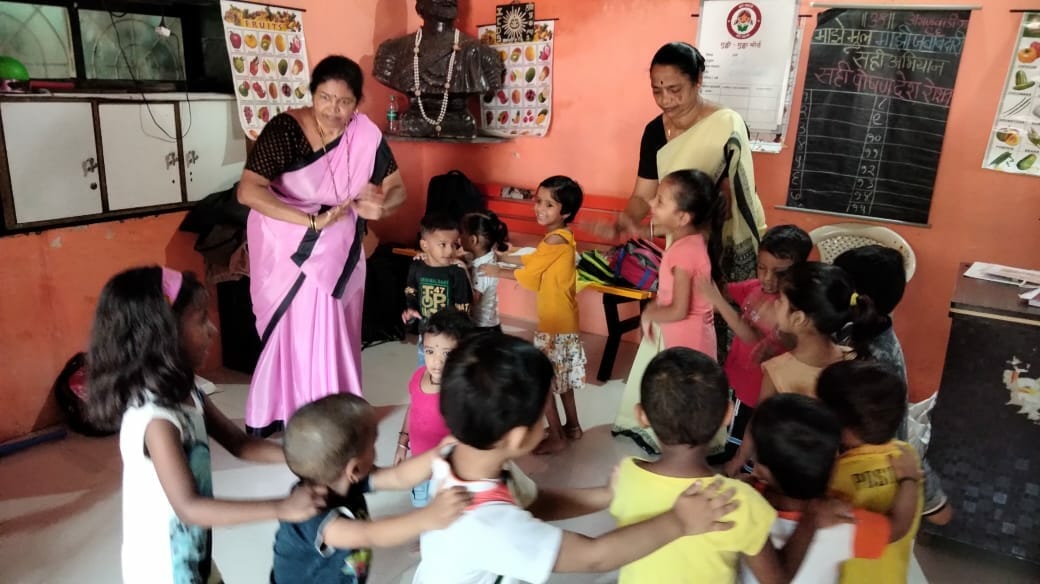In the first part of our analysis of the National Time Use Survey 2024, we looked at how men and women in the large cities are spending time on employment, commute, rest and recreation. We noted how there is a large gap between men and women in most activities except sleep and entertainment. The question that turned up was, where are the women and where does their time go?
The answer is the vast discrepancy in the time spent on care – child care and caring for their families by preparing meals and keeping their houses clean. Interestingly, the survey showed negligible time being spent on care for other adults in the family across cities.
Caring for Children
Caring for children is an important activity for households and the survey shows that this continues to be the realm of women. Across all cities, women spent more time than men on caring for children, with the most time being spent in Delhi and Chennai. However, in those cities as well as Pune, men are spending more time than in other cities in caring for their children.

However, even though the number of hours spent by those who care might be high, the proportion of men who spend time on caring for their children remains low. In cities like Mumbai and Kolkata only a small fraction of men were spending time on child care with women shouldering the responsibility for the most part.

However, with children at an age of playing sports or other games, the survey shows men are willing to spend more time with them. Across all cities, more men played with their children than women. Only in Bengaluru, the proportion was almost equally split between men and women.

However, the average time spent by a woman playing with her children was more than that by her male counterpart across all cities. So while more men were willing to play with their children, they spent less time on it than women on average.

Domestic Work
There are two activities of domestic work this analysis looks at – preparing meals and cleaning indoors. In both activities the number of hours spent by women on average is much higher than men, and the proportion of men who partake in these activities is much less than that of women.
Across most cities, women spent more than 2.5 hours each day preparing meals. In Delhi, it is more than 3 hours. Men spent less than half this time on the same activity.

However, the number of men who cooked is a fraction of women. For every man who cooked for home, there were four times as many women who were doing the same. The different is highest in Chennai, Kolkata and Pune, and lowest in Delhi. It is important to note that not only do much fewer men cook but they spend less than half the time on it than women. The expectations of a meal cooked by a woman vs a man are vastly different.

The same patterns are seen with cleaning houses. Women spend more time cleaning indoors than men, with the highest time being spent in Delhi and Bengaluru.

The difference between the genders is even larger when it comes to domestic cleaning. Except in Delhi, close to 90% of the domestic cleaning was done by women, who also spent more time on the activity on average than men.

Conclusions
In Part 1 we saw that women are largely missing from the workforce. Here we see that child care and domestic work remain largely the realm of women.
The economic census shows how most of the workforce is still male, and this is the other side of the story. While it is important to bring more women into the workforce, activities like child care and domestic work stay hidden from the economy, and remain unpaid and unacknowledged. Recent reports have highlighted this and estimated that this labour contributes up to Rs. 22.7 Lakh Crore or 7.5% of the GDP.
Politically, parties have brought this issue to the fore, with the issue being highlighted by some, and one party promising payment for domestic work.
While acknowledgement and paying for domestic work, no matter who does it, is one aspect, interventions are needed to ease the work and free up time for other activities. For instance, the survey points out that totally 18 respondents from Chennai, 14 from Pune and none from Delhi spent time on fetching water. However, 48 people in Bengaluru, 112 in Kolkata and 172 in Mumbai spent close to an hour each on fetching water. There are low hanging fruits where easy access to water, sanitation, health, education and public transport can go a long way in making life easier for people.

